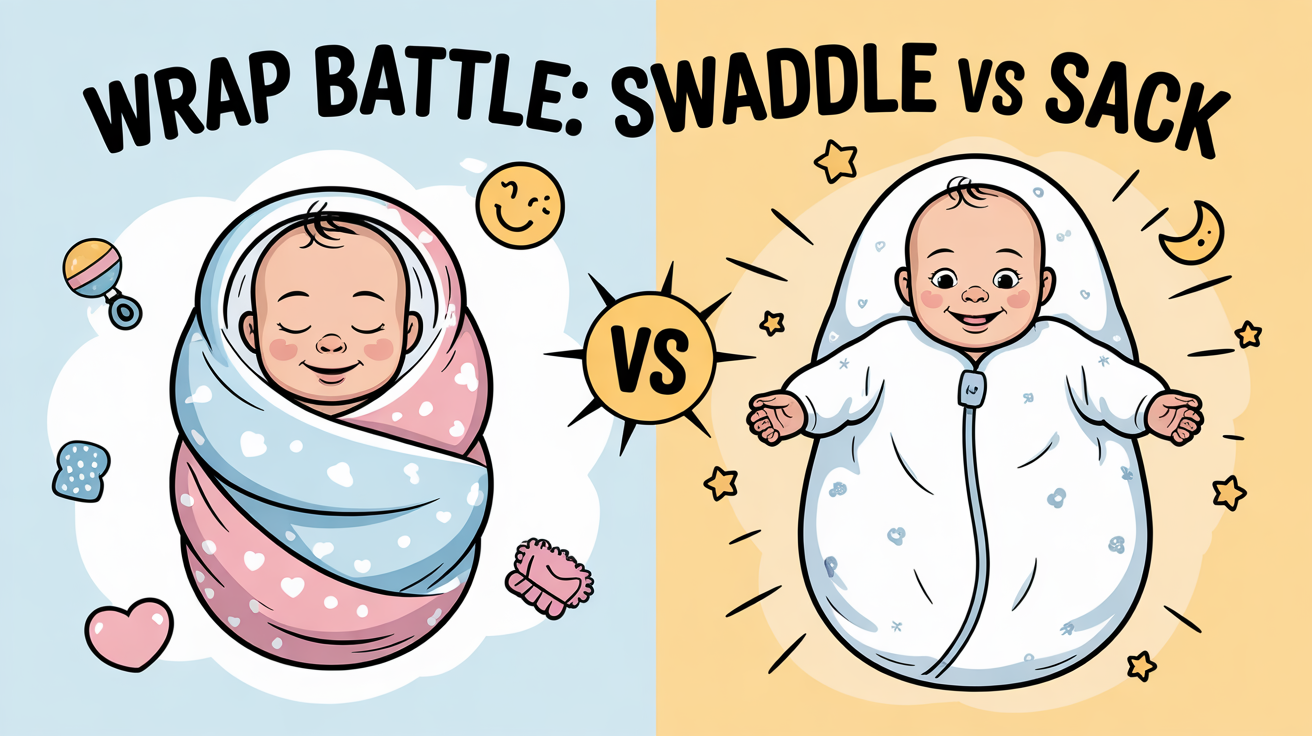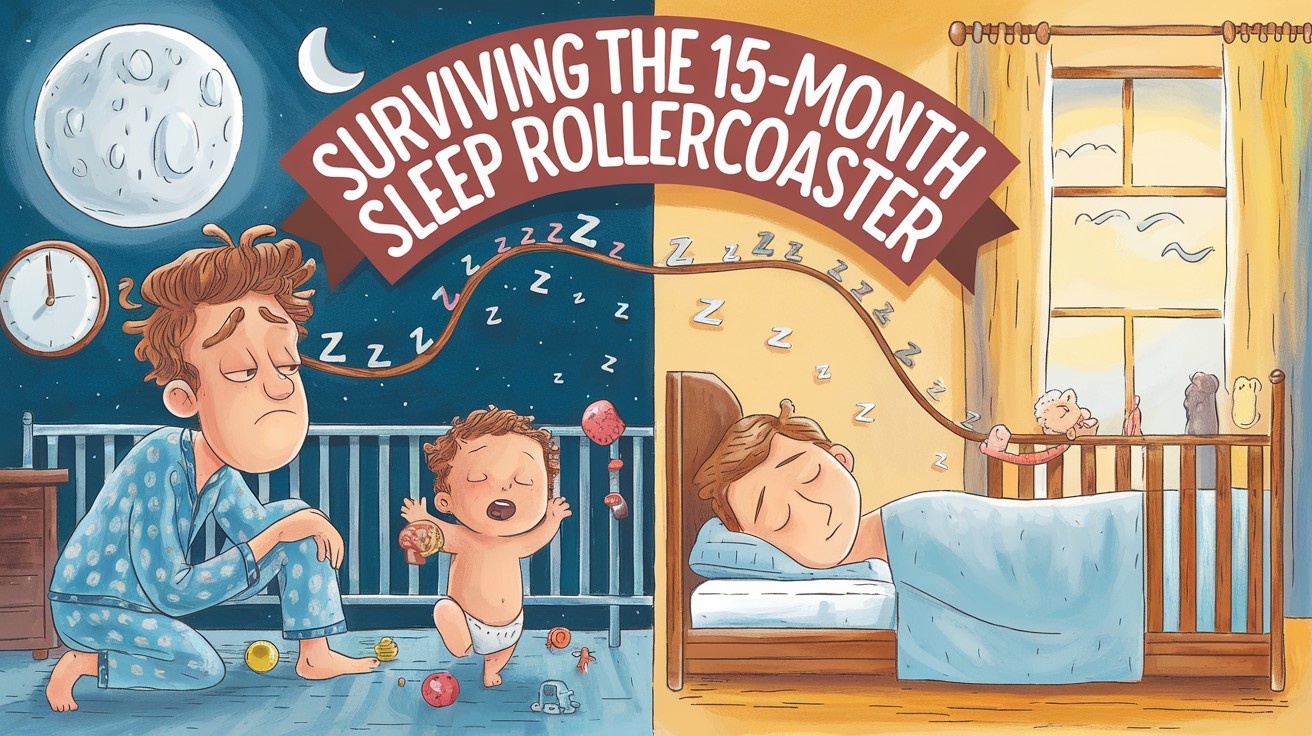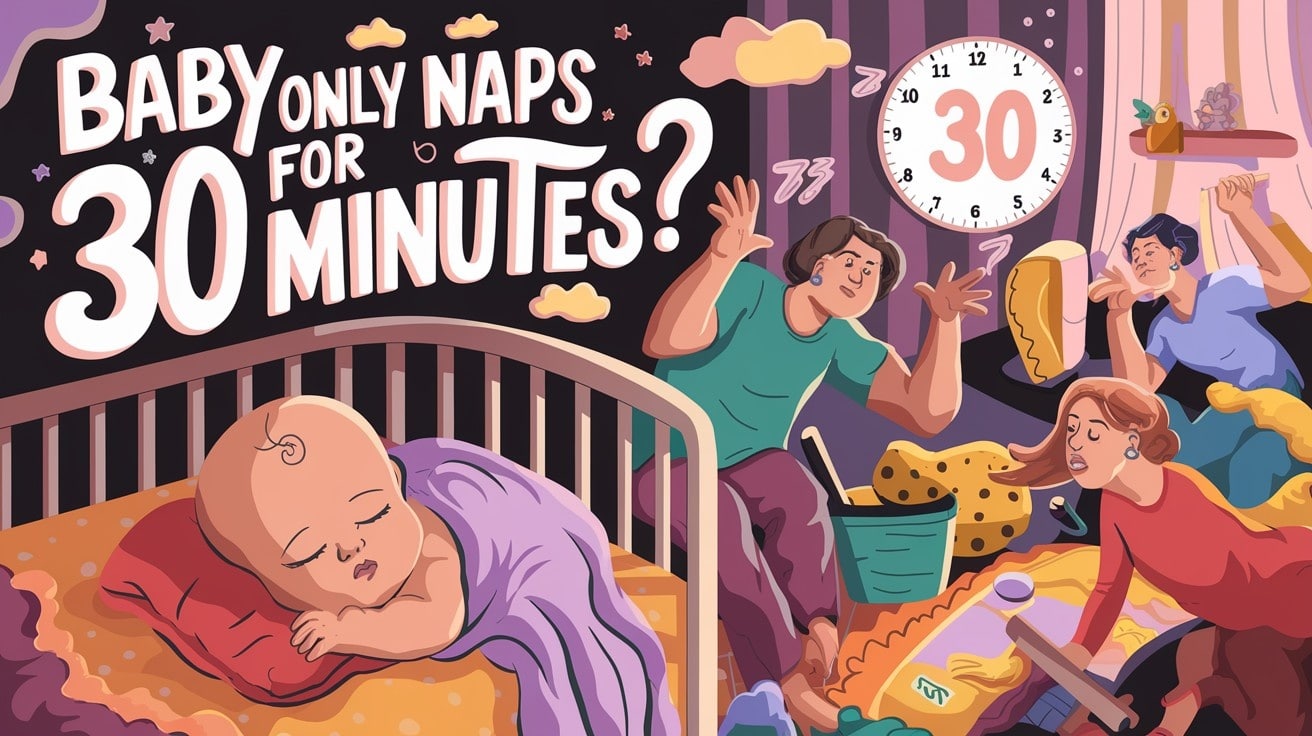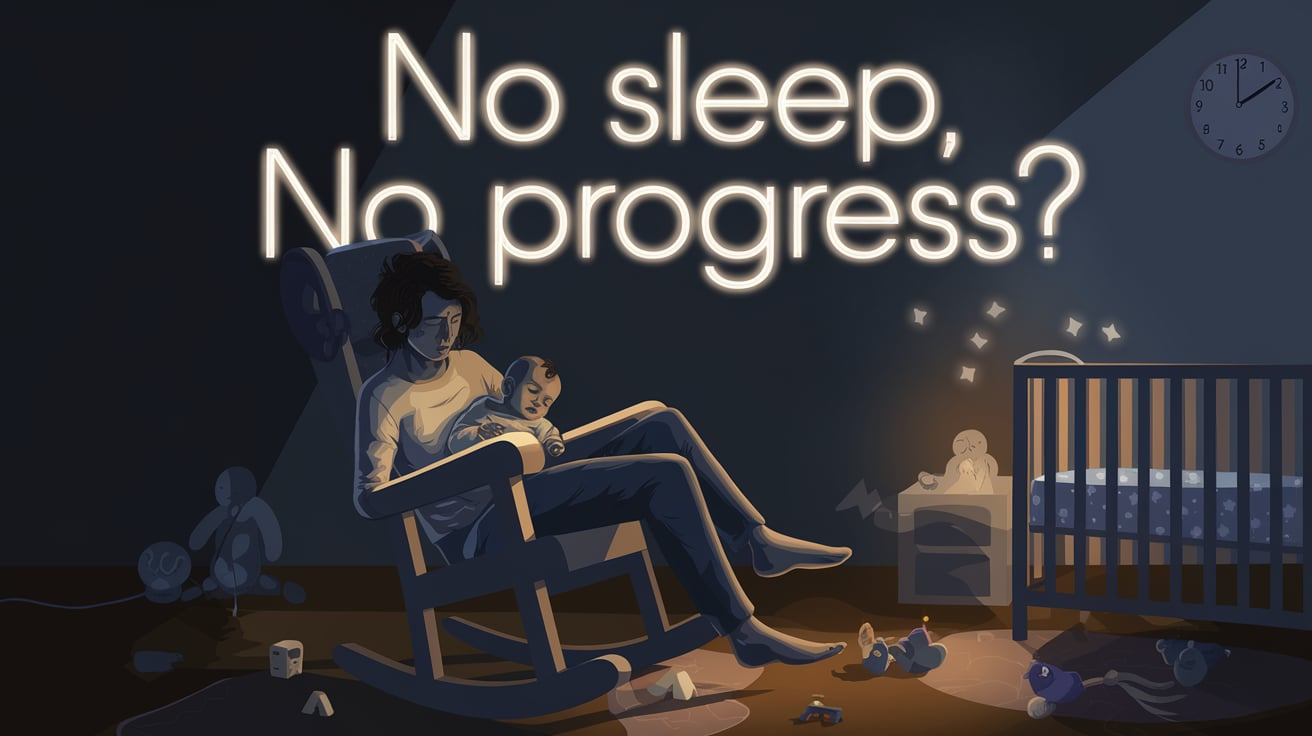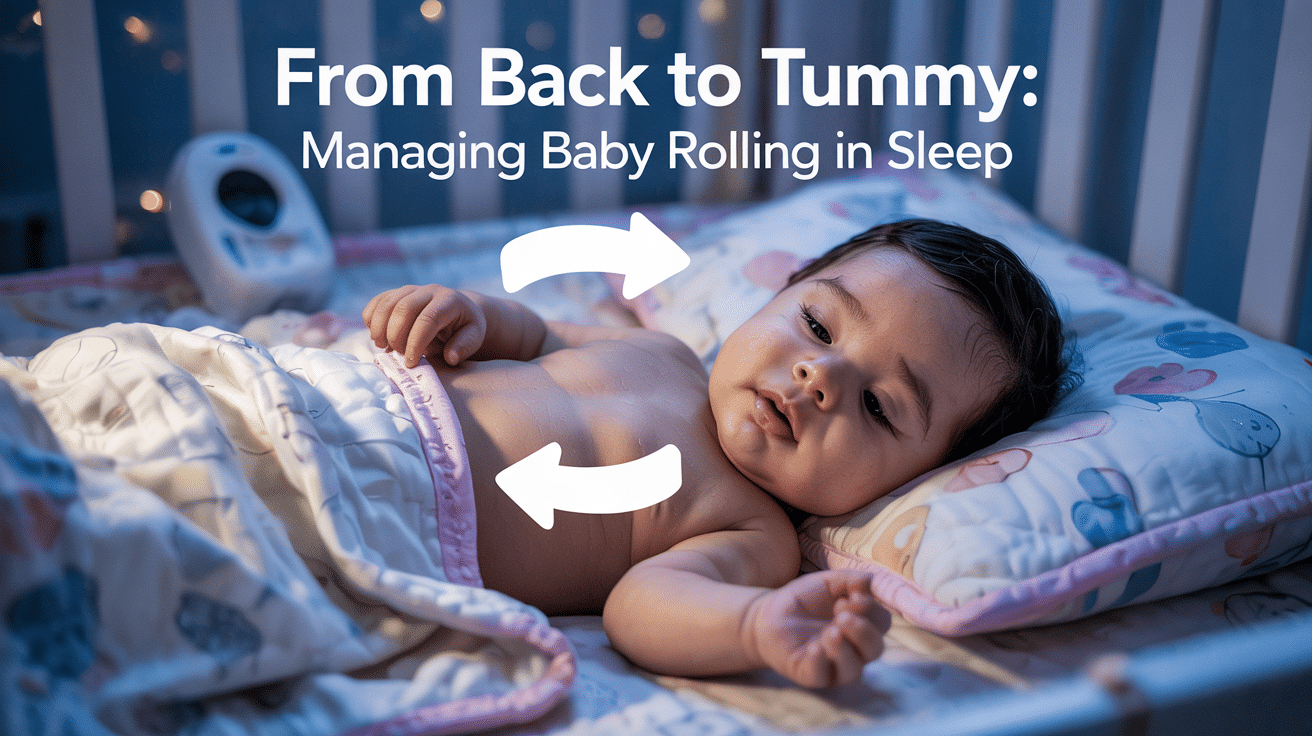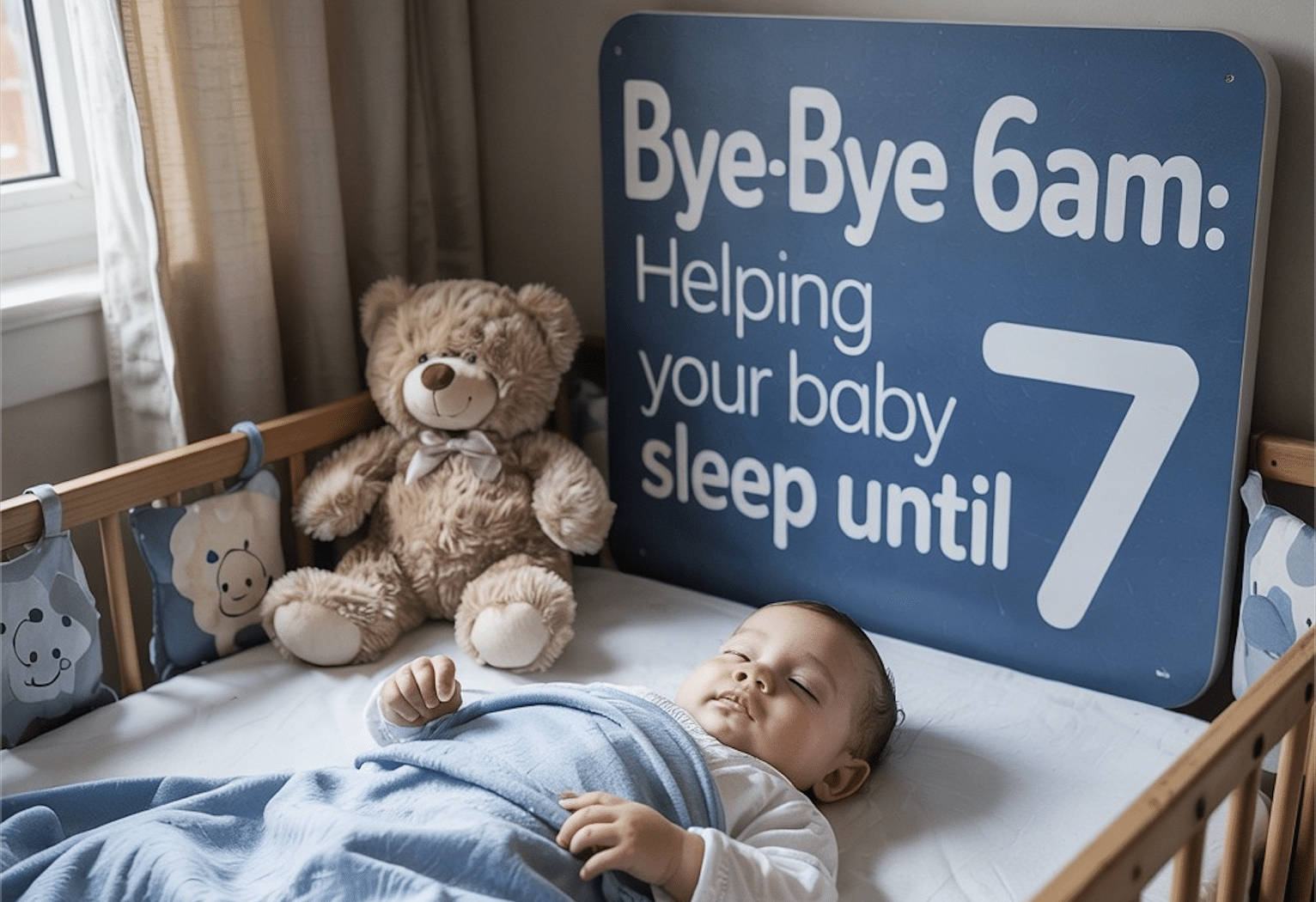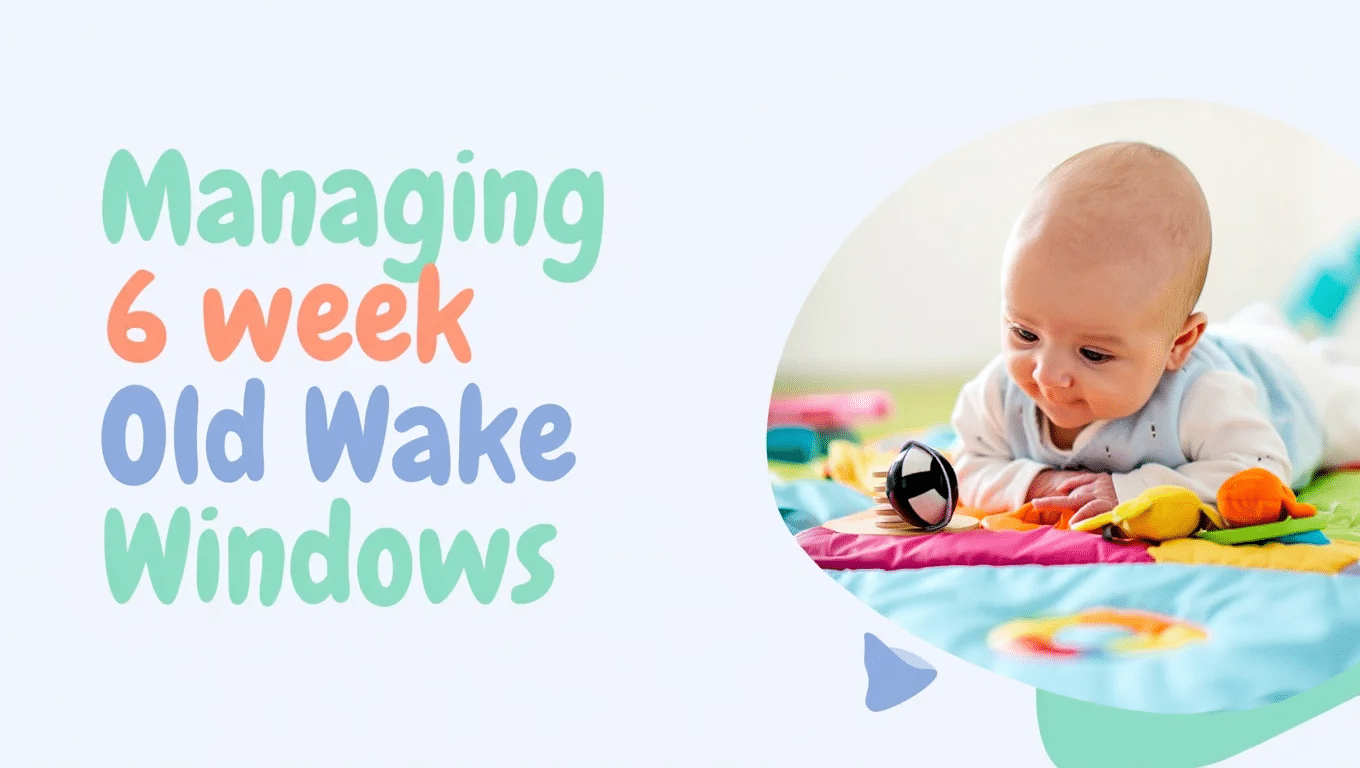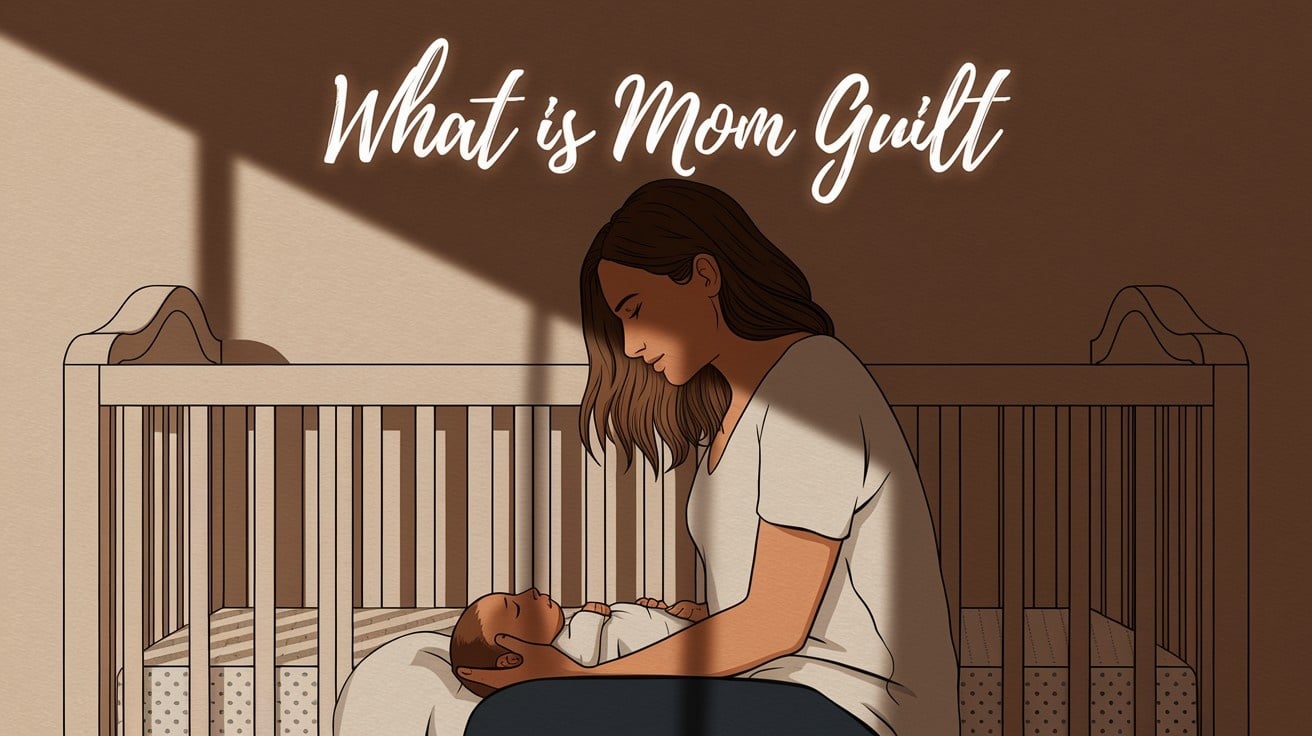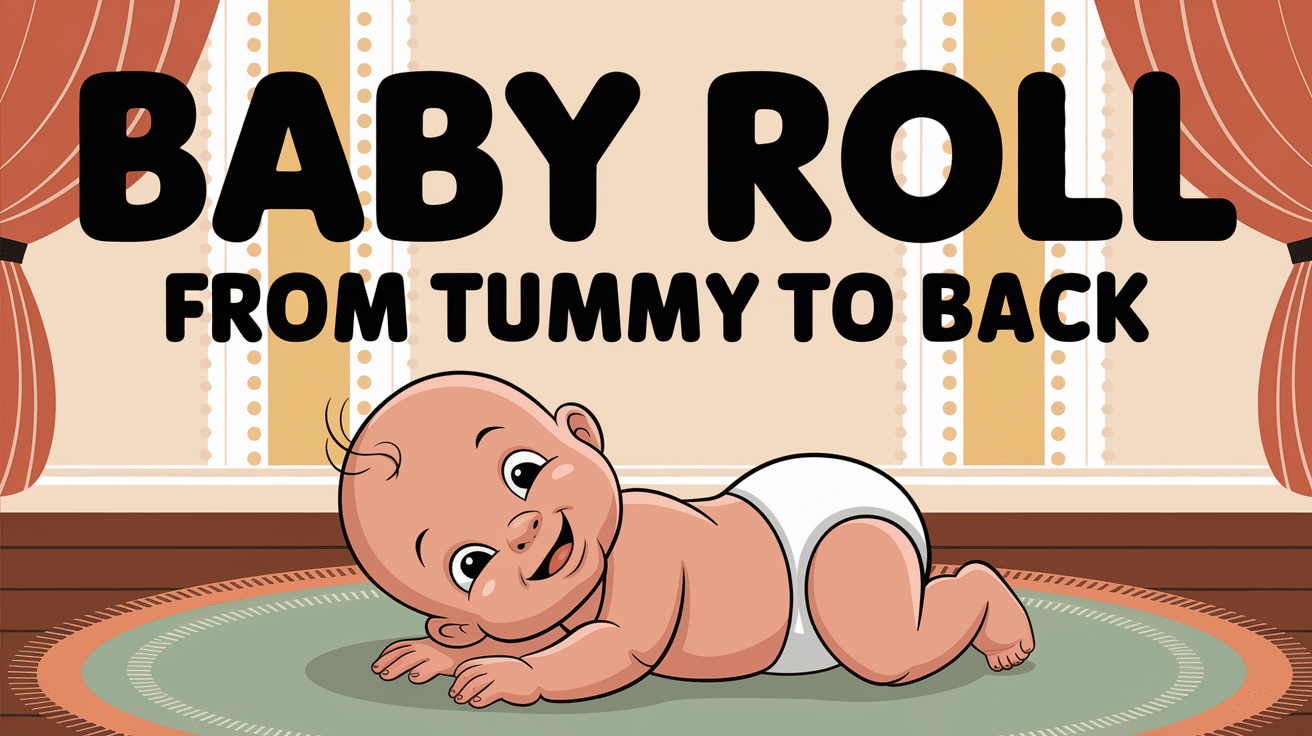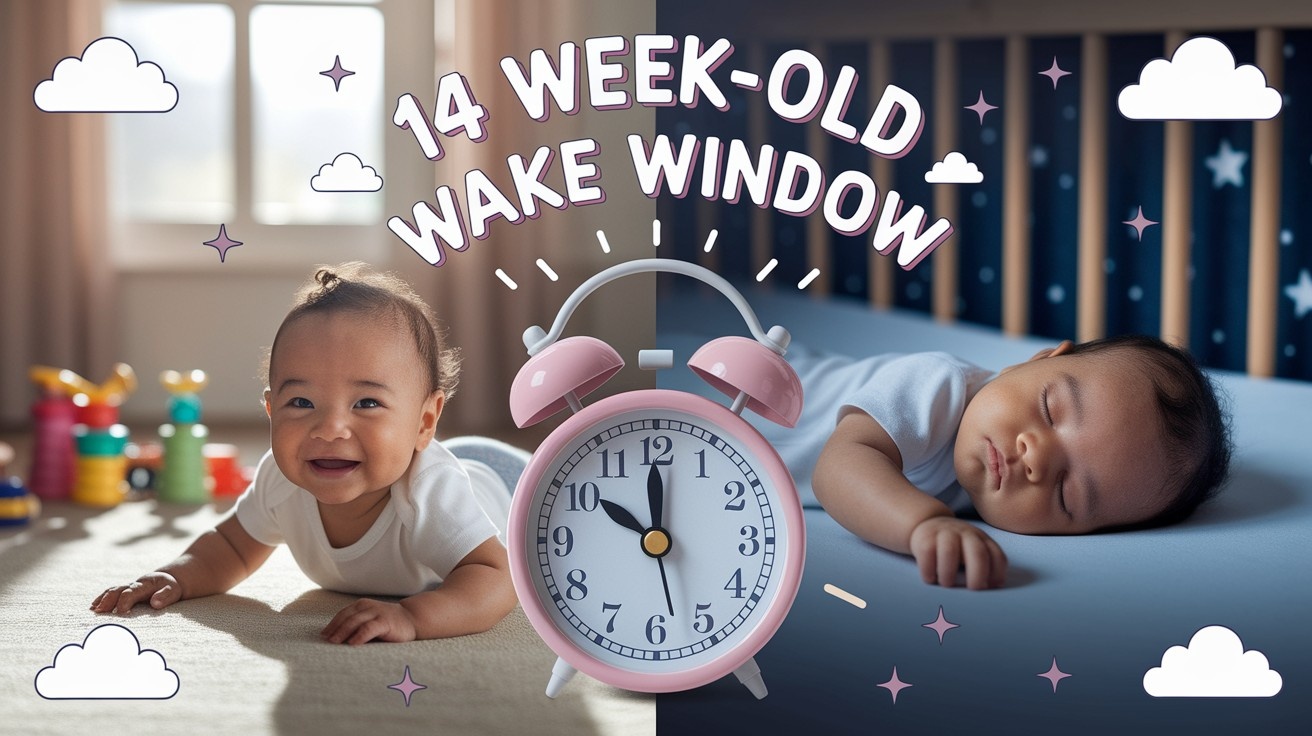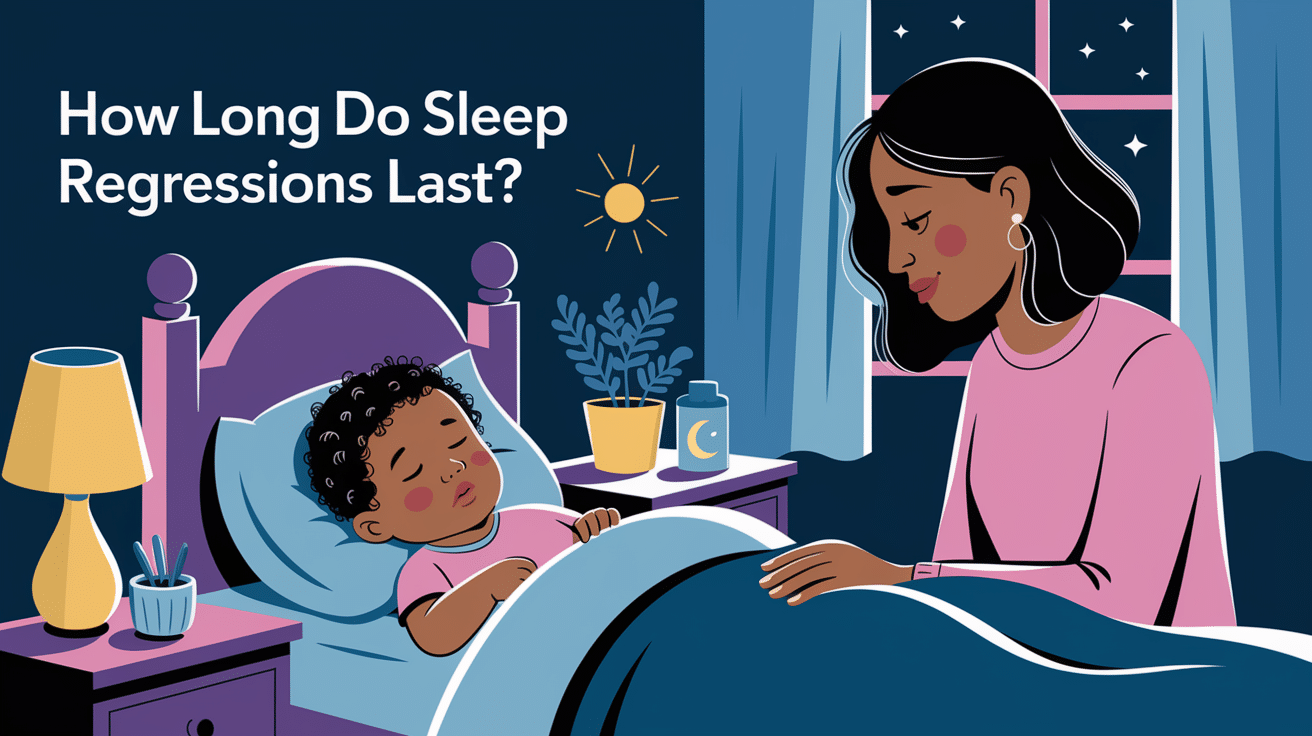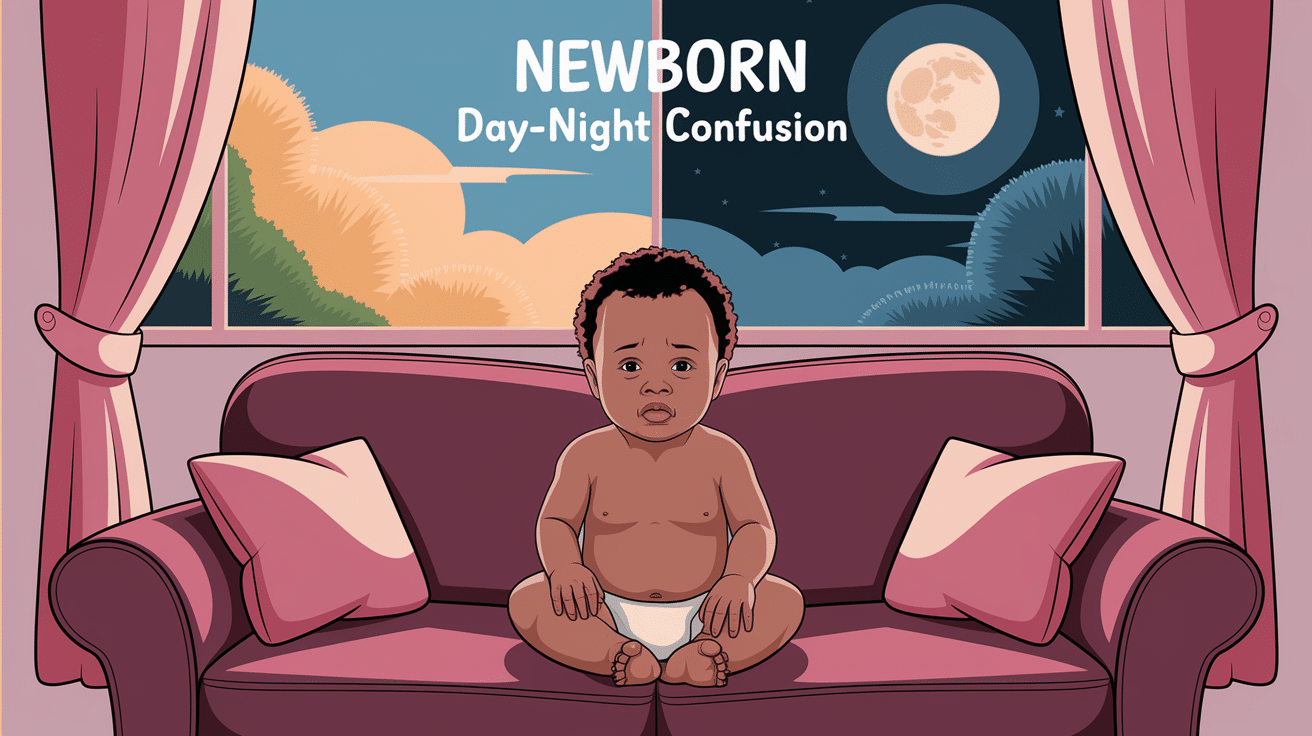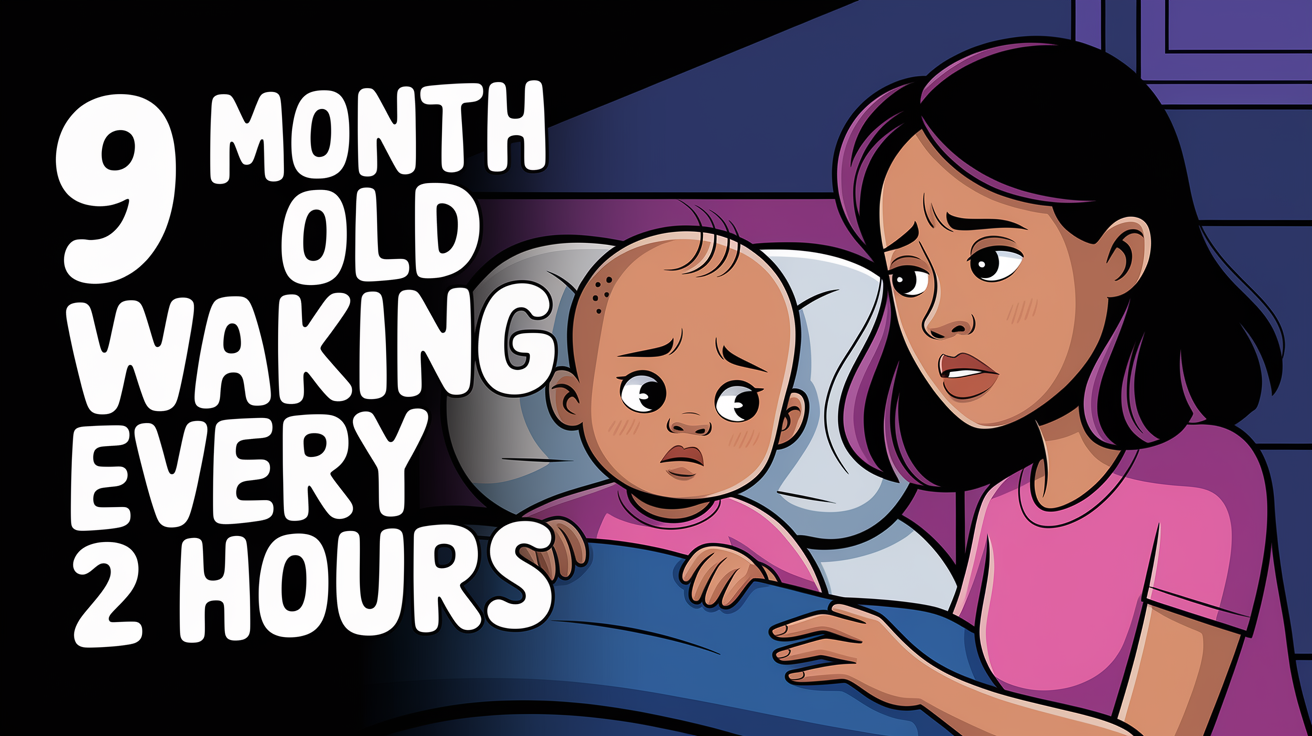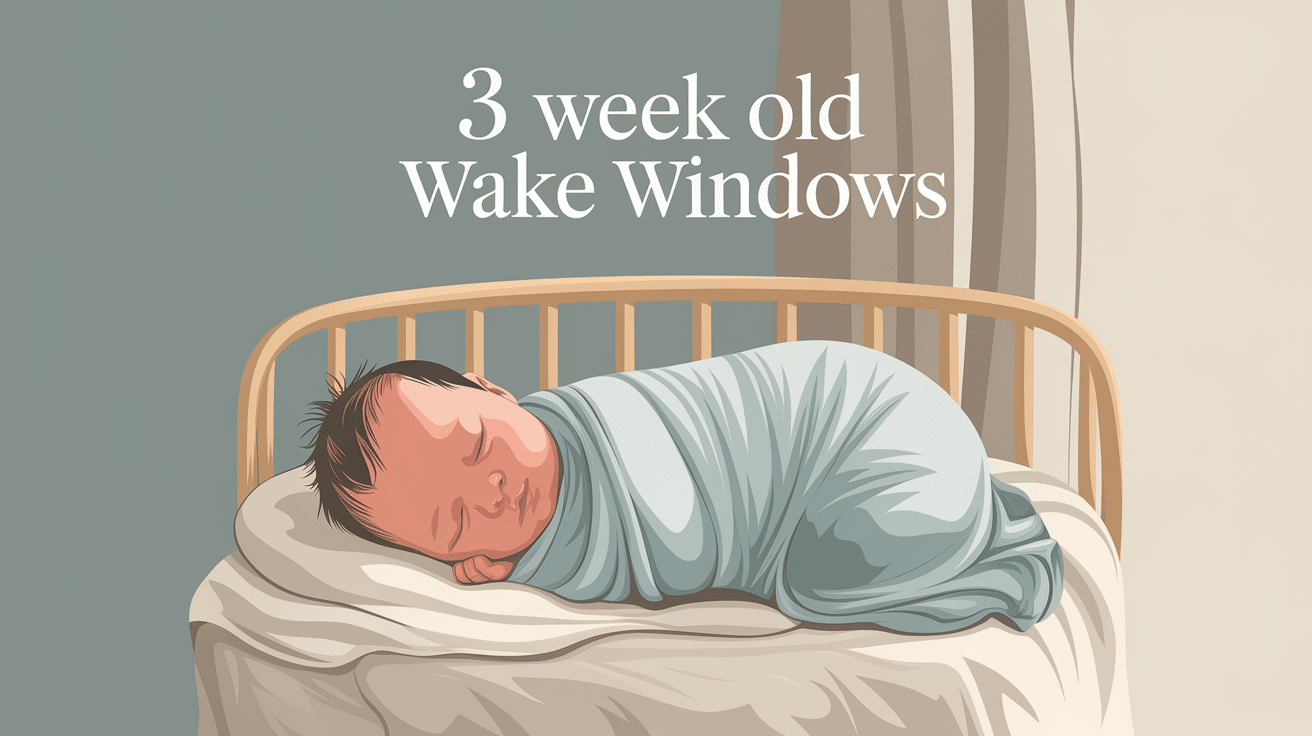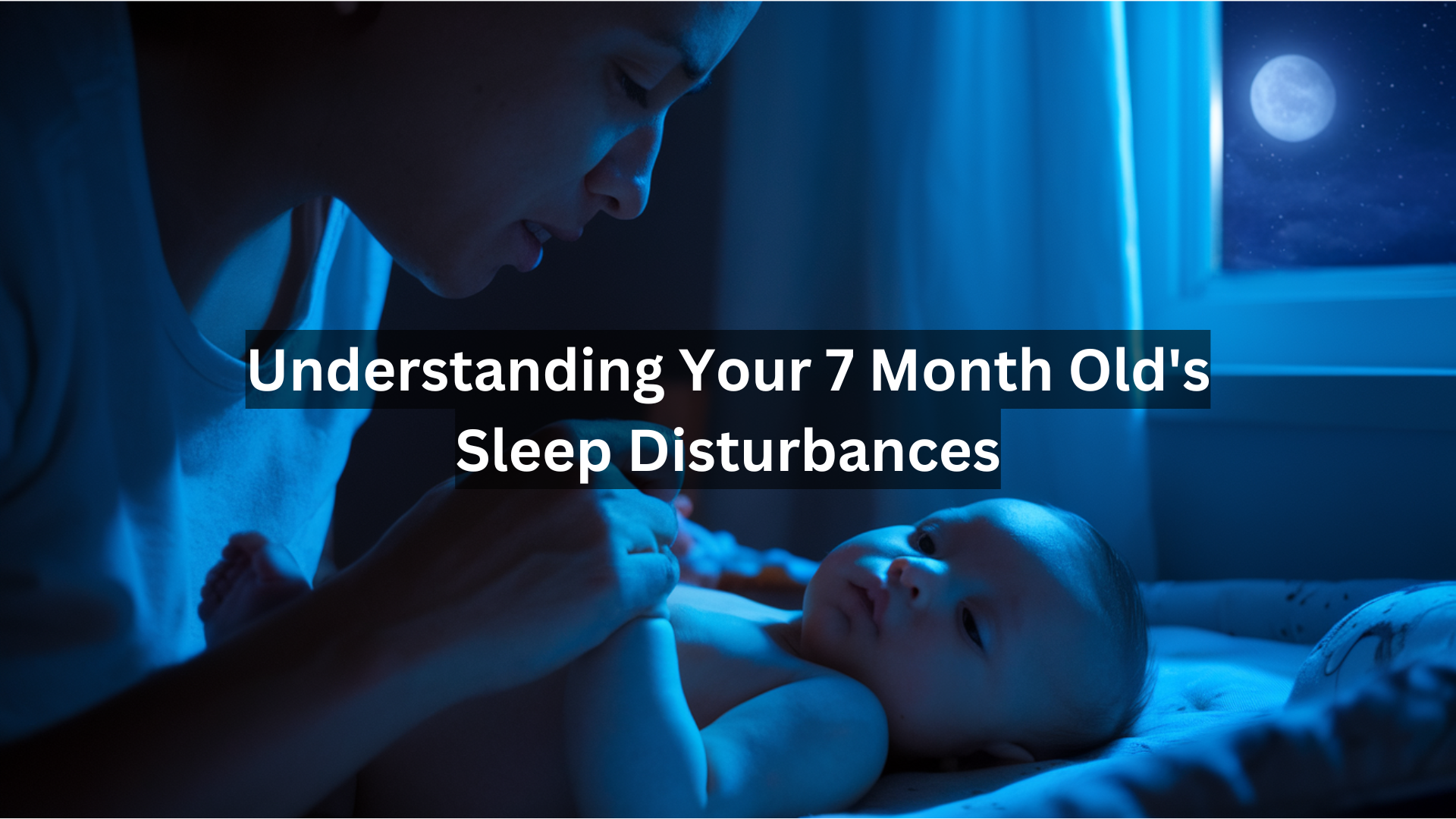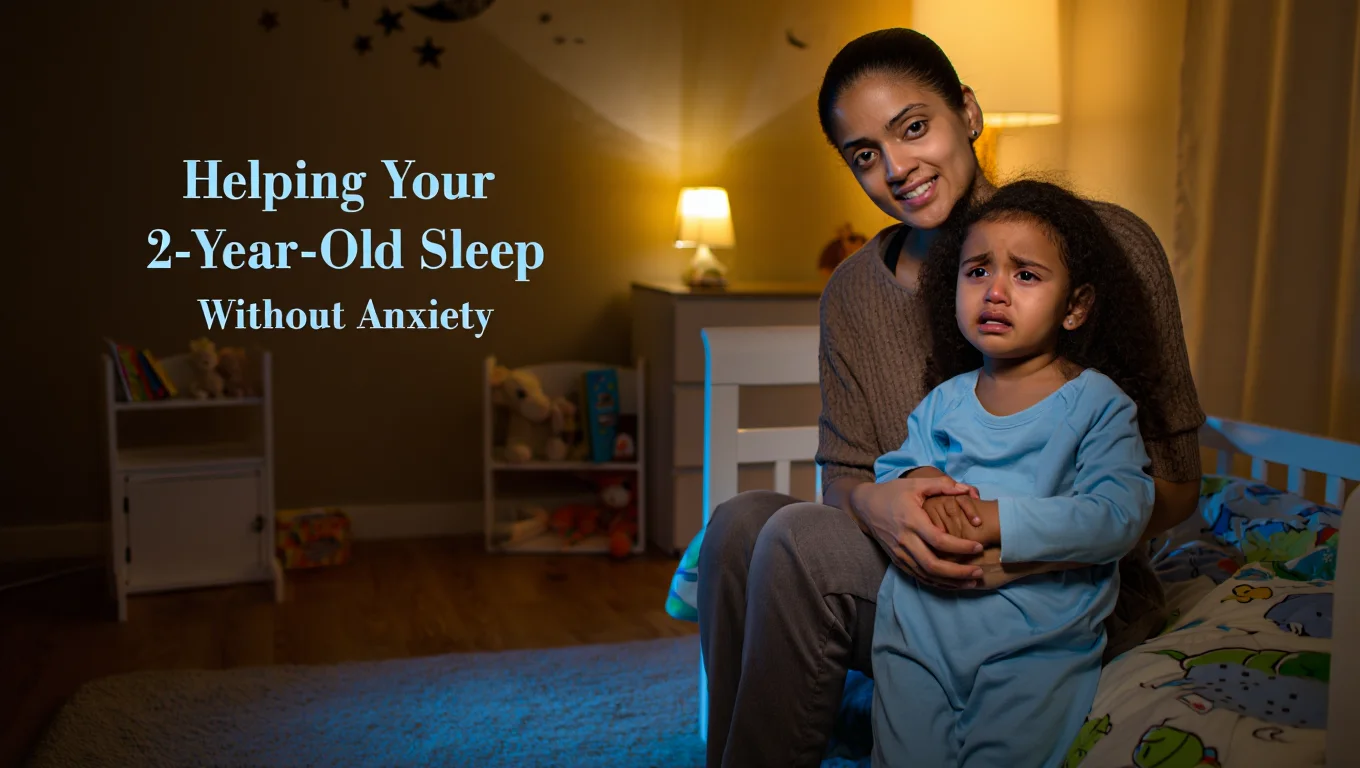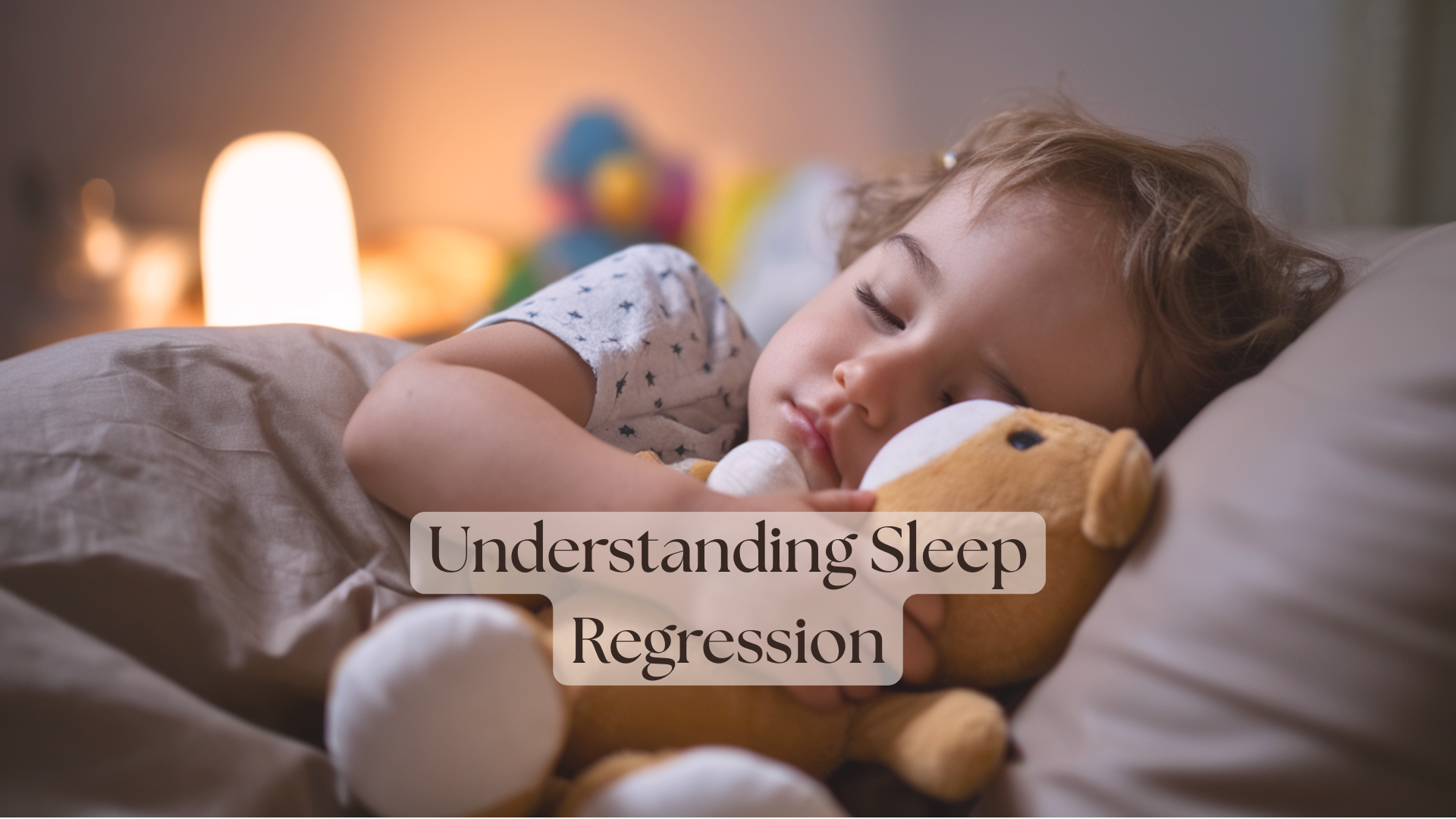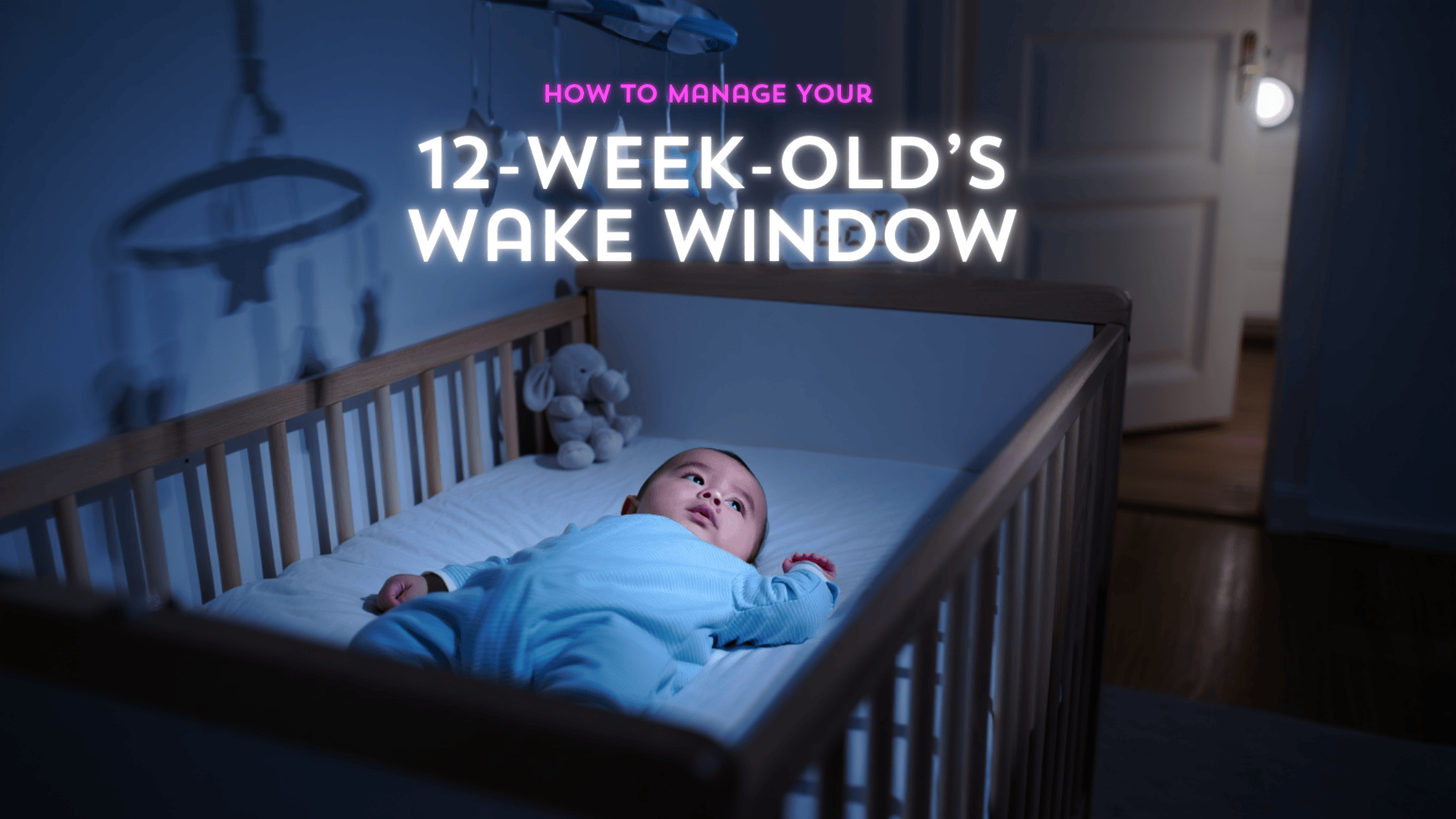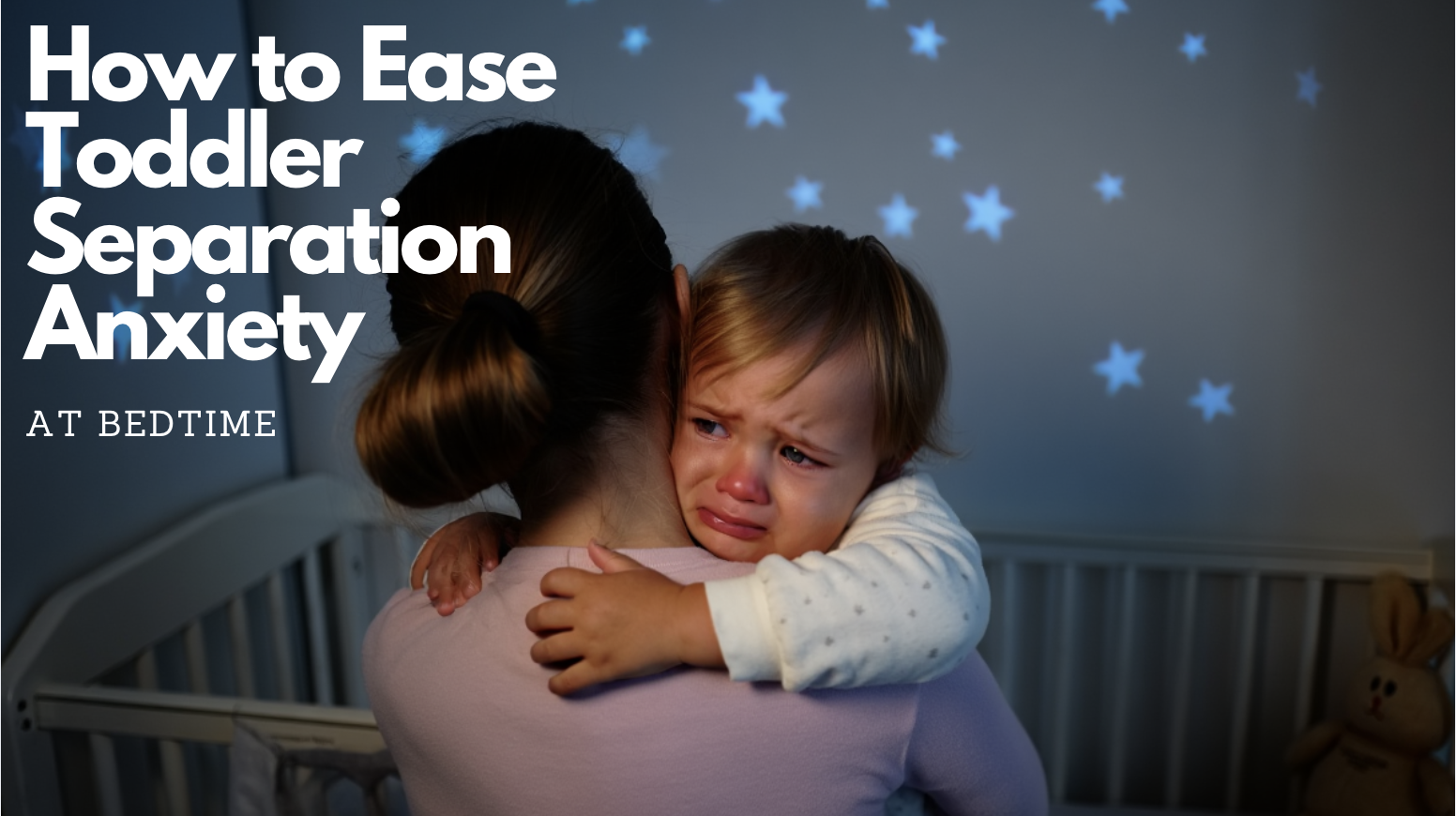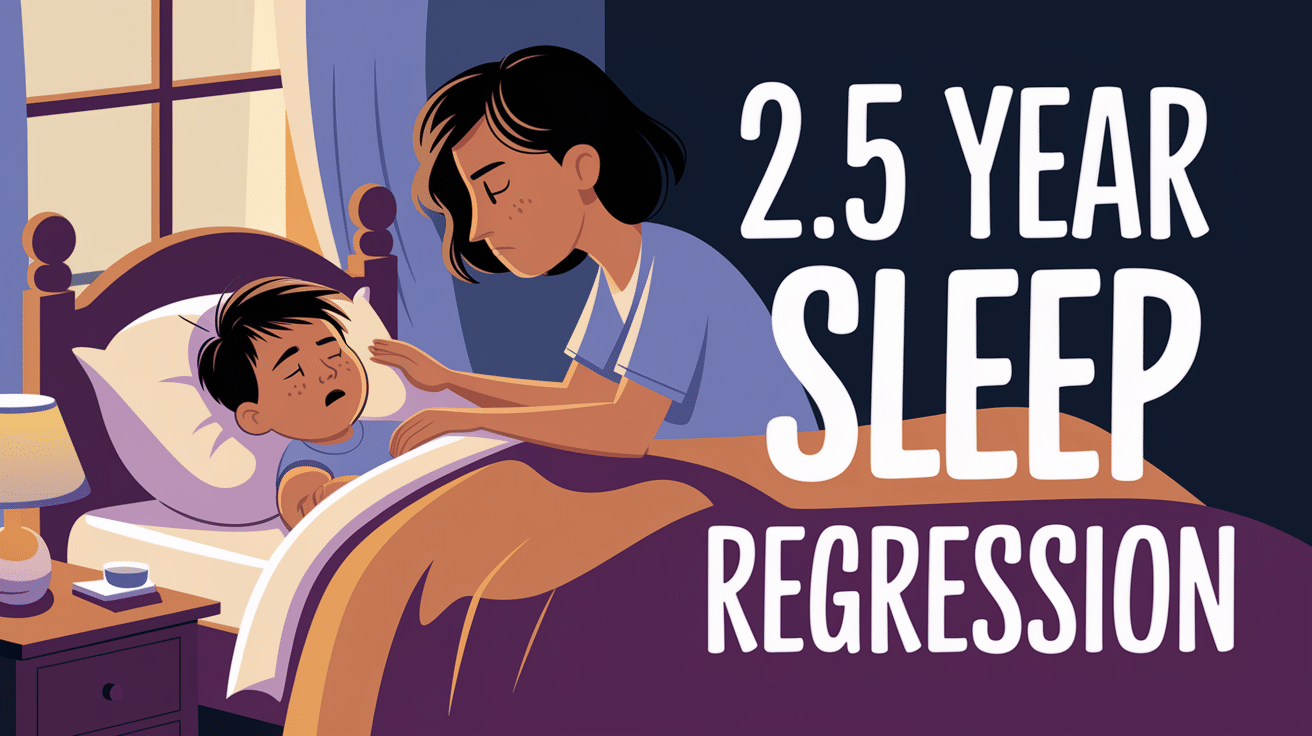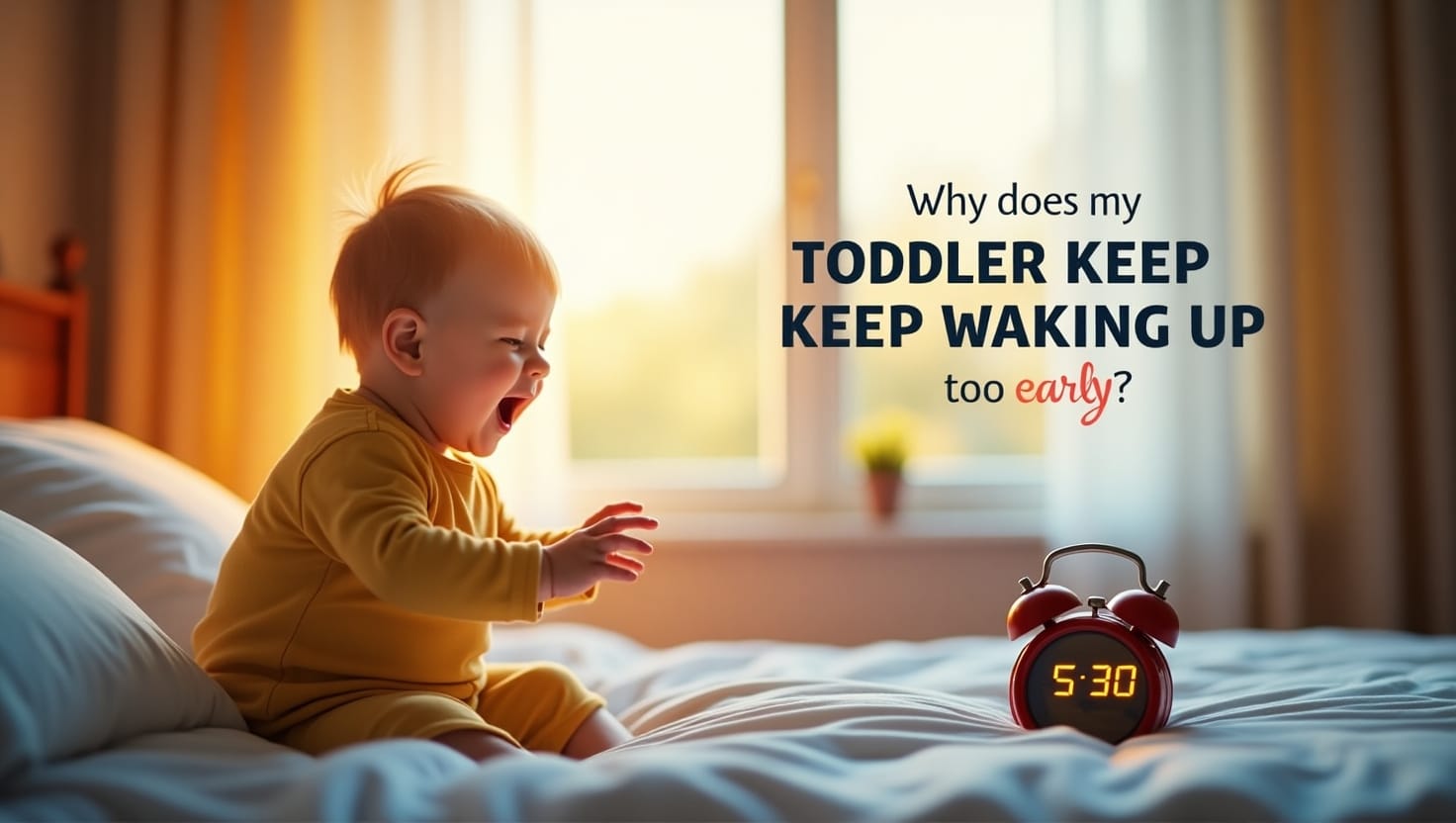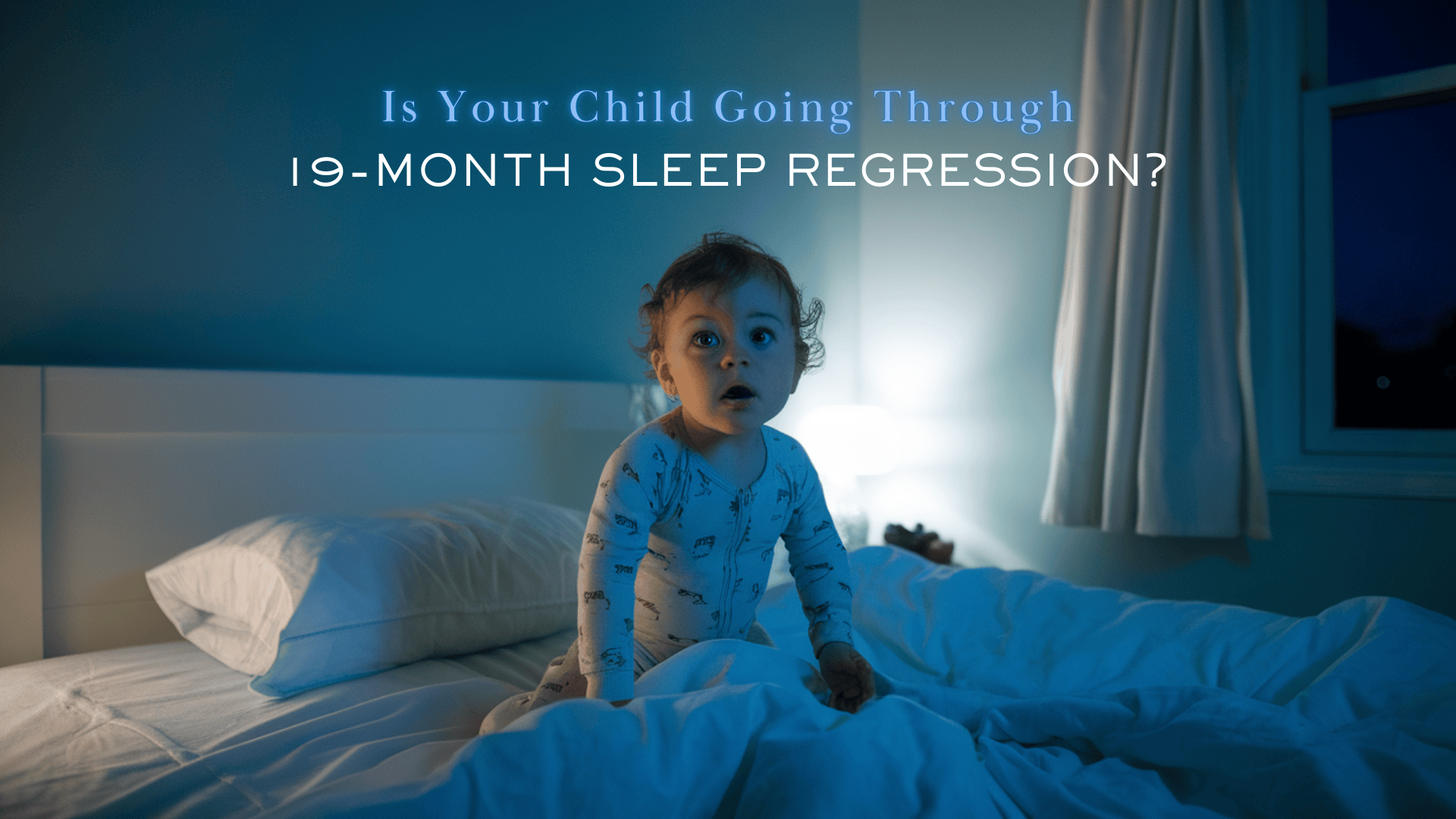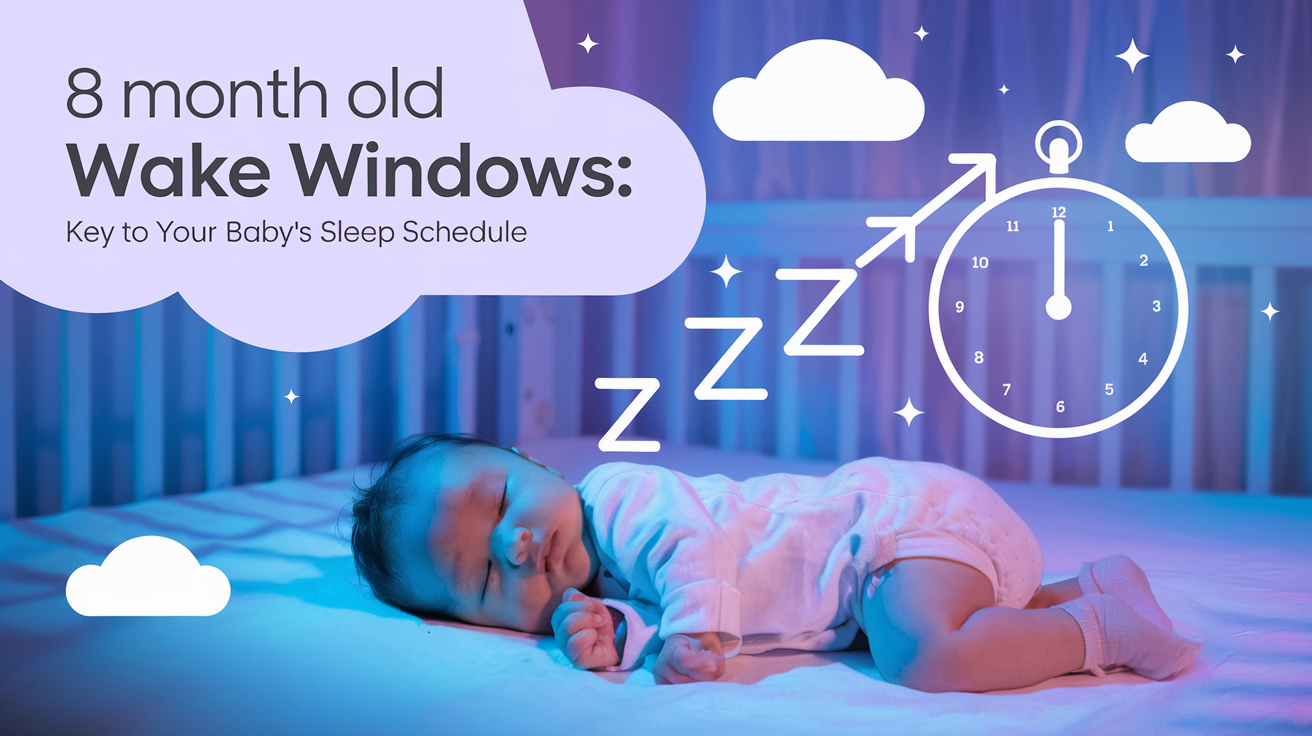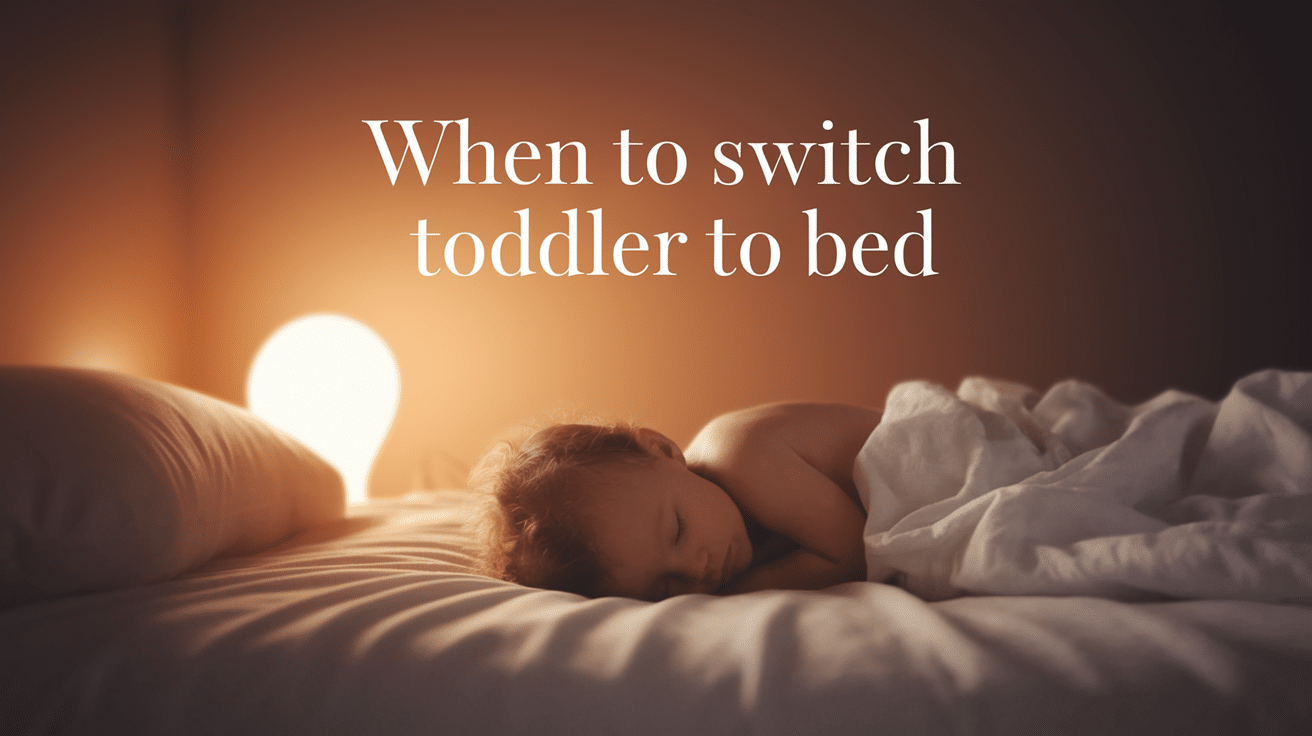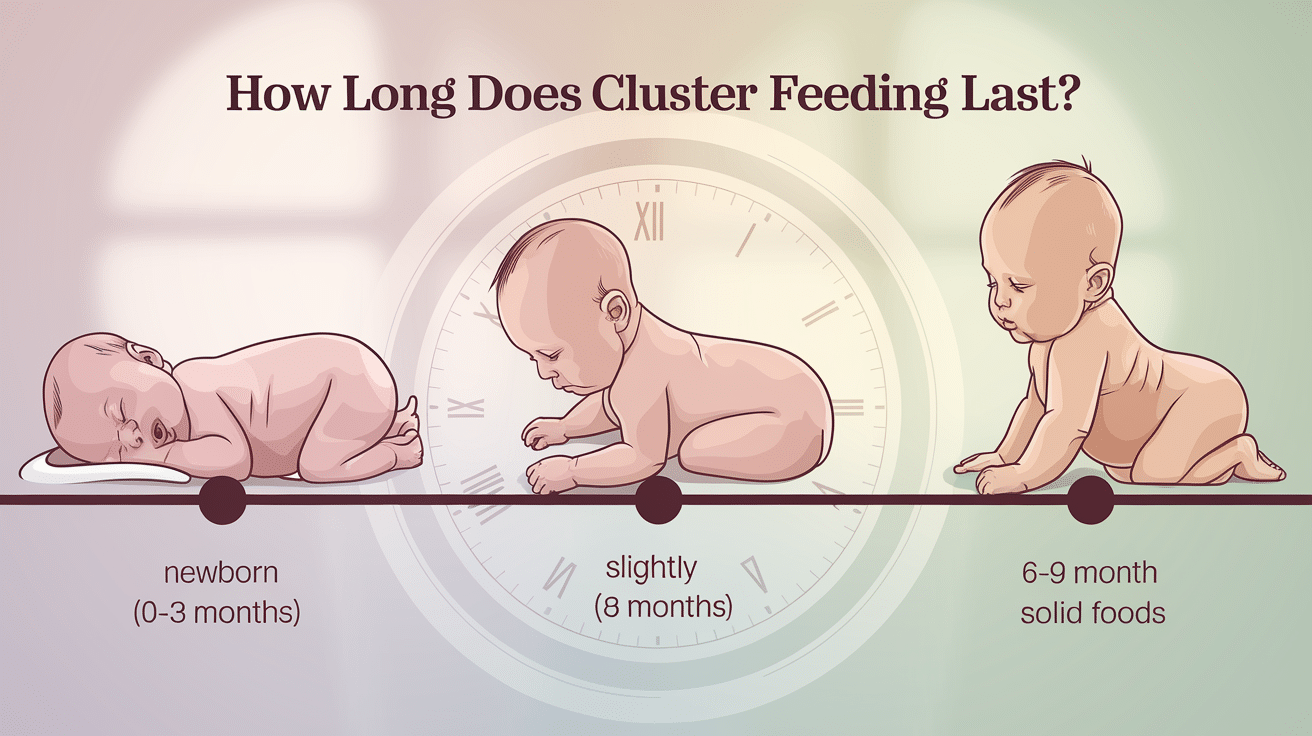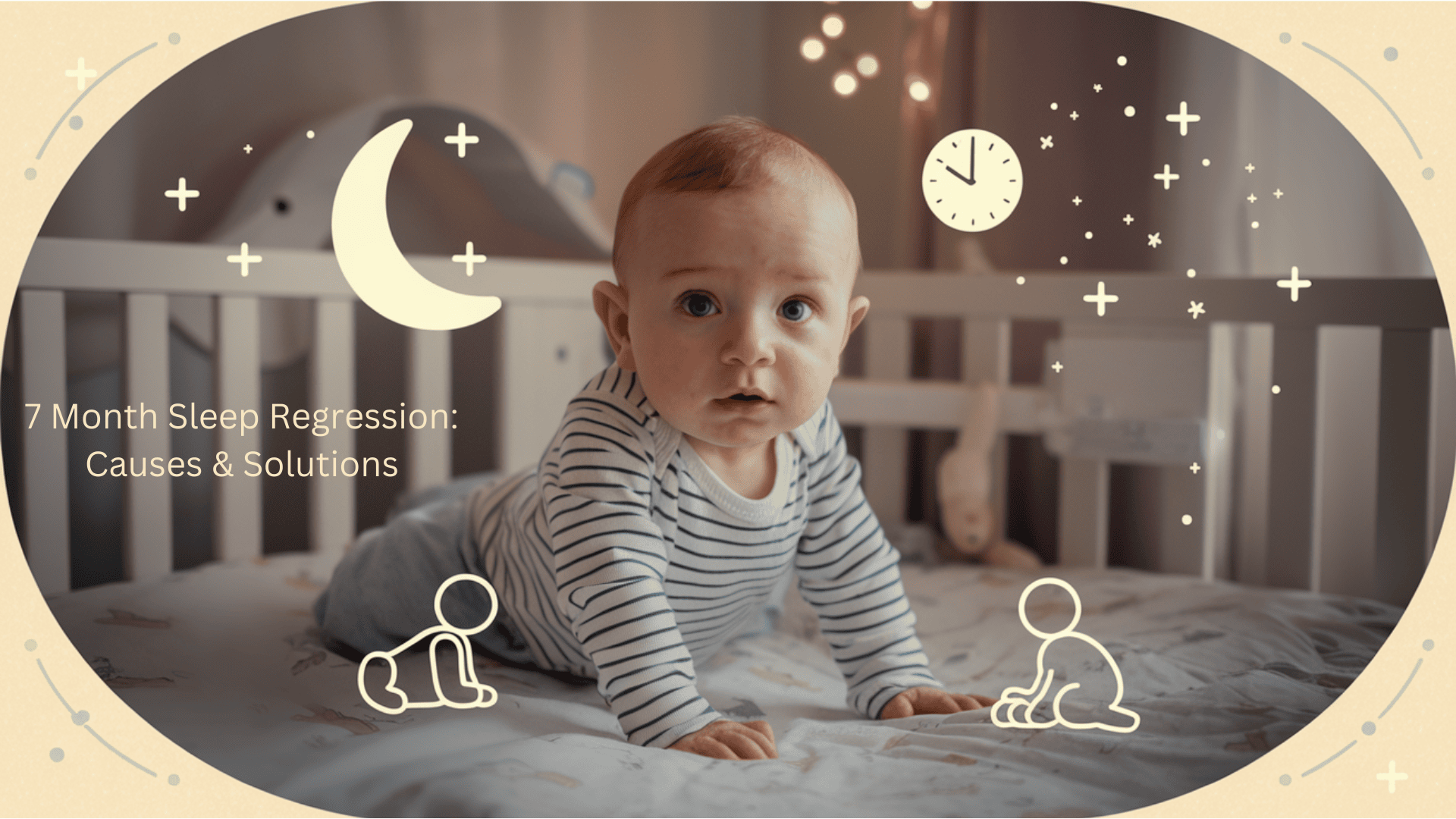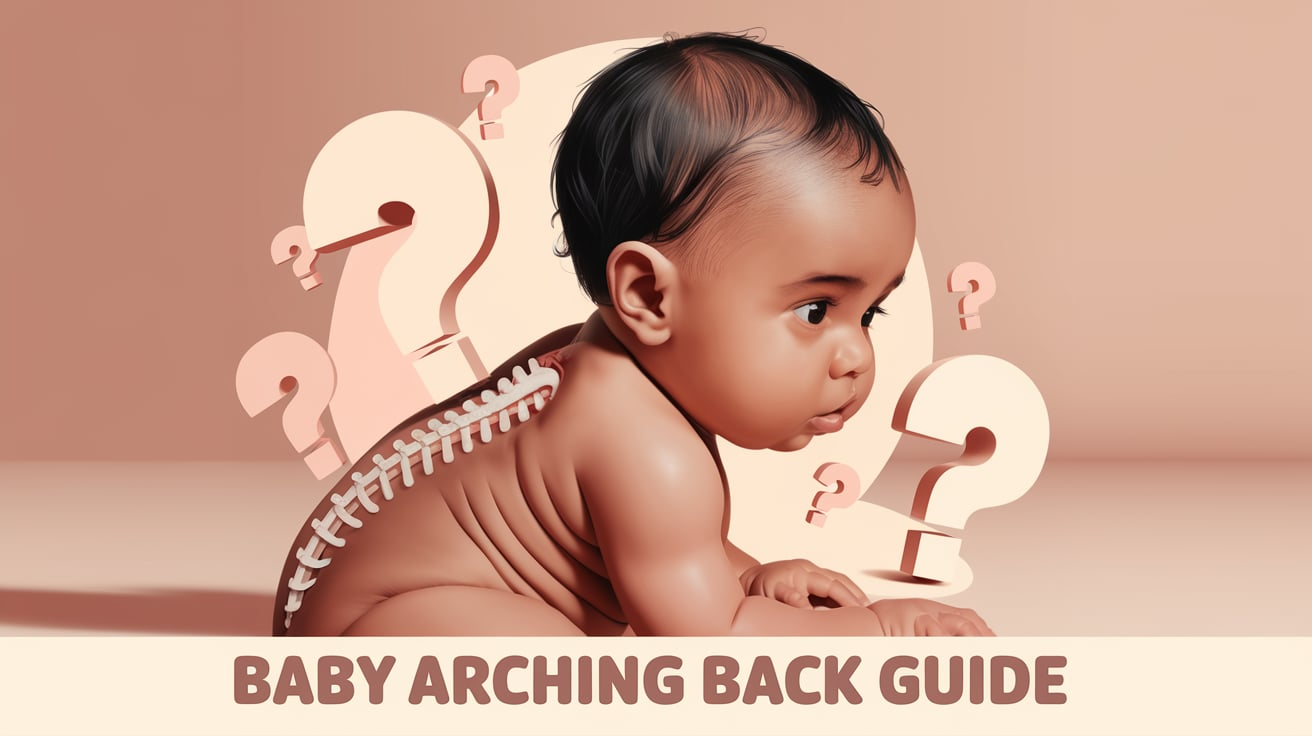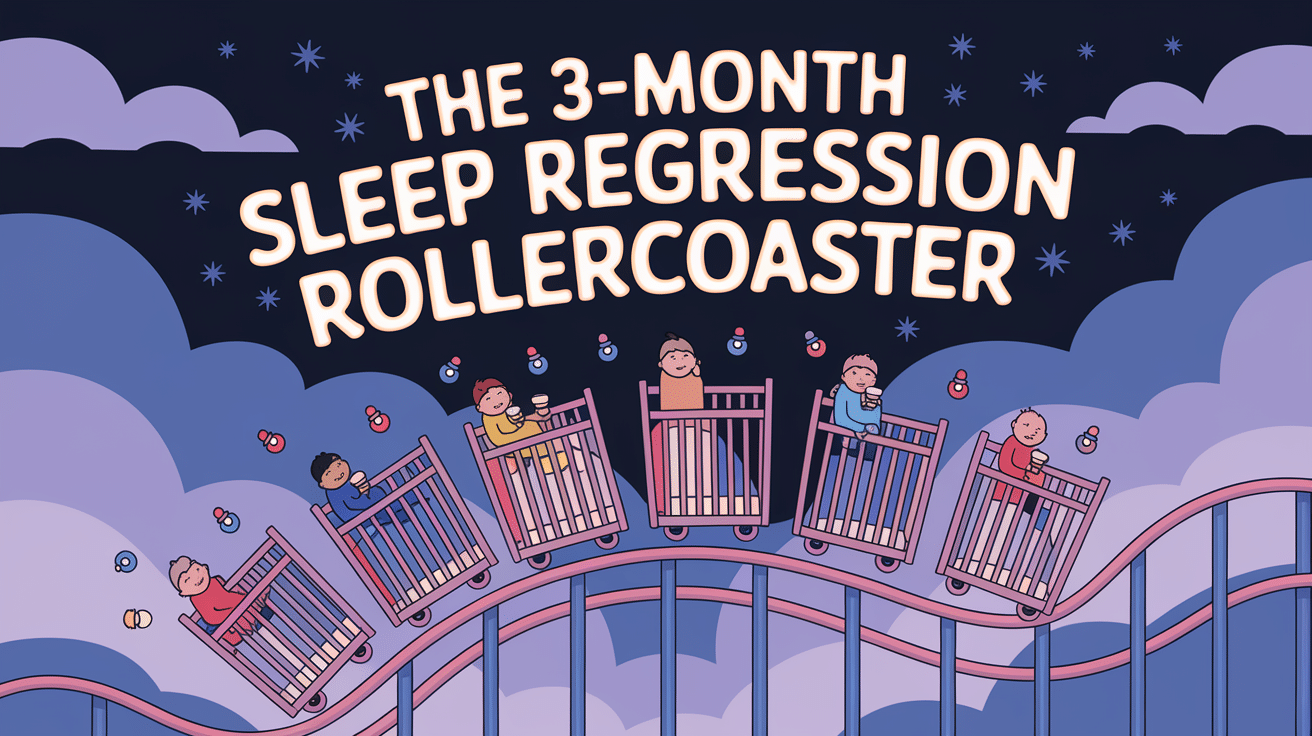
Just when you thought those peaceful nights were here to stay, your 3-month-old suddenly starts waking frequently and fighting sleep. Welcome to the 3-month sleep regression!
This developmental phase affects nearly 40% of babies between 3 and 4 months of age as their sleep cycles mature to resemble adult patterns.
Were you aware that Babies spend about 50% of their sleep in the REM (dreaming) state compared to adults’ 20%, which contributes to their disrupted sleep patterns during this transition?
The 3-month regression typically stems from major cognitive leaps and neurological development.
Your baby is becoming more aware of the world around them, which can make settling down challenging. Signs include increased fussiness, shorter naps, fighting sleep, and more frequent night-wakings.
Don’t worry—with consistent routines, appropriate wake windows, and responsive soothing techniques, most babies guide this phase within 2-6 weeks.
The 3-Month Sleep Regression
The 3-month sleep regression is a temporary period when babies who previously slept well suddenly experience disrupted sleep patterns. It typically occurs between 3 and 4 months as their sleep cycles mature to resemble adult patterns.
During this time, babies often fight sleep, wake frequently at night, and take shorter naps—changes that coincide with significant cognitive and physical development.
Unlike newborns, who transition directly between deep sleep and light REM sleep, three-month-olds begin developing the four distinct sleep cycles of mature sleep, experiencing brief wakings between cycles when they may struggle to return to sleep independently.
This period also marks when babies typically begin producing melatonin to regulate circadian rhythms, can stay awake for 1-2 hours between naps, and may start consolidating nighttime sleep, representing an important developmental step despite the temporary sleep challenges.
Signs of 3 Month Sleep Regression

The 3-month sleep regression is a challenging developmental phase that often disrupts established sleep patterns.
- It occurs due to significant brain growth and developmental leaps around this age.
- Frequent night-wakings are a common sign, with babies waking every 1–2 hours needing help to fall back asleep.
-
Nap disruptions become frequent—daytime naps may shorten, or babies may resist sleep altogether, leading to overtiredness.
-
Increased fussiness and clinginess appear as babies process new sensory input and seek more comfort from their parents.
-
Falling asleep becomes harder, often requiring extended soothing efforts, even if sleep used to come easily before.
Why Does the 3 Month Sleep Regression Happen?

The 3-month sleep regression occurs when babies undergo significant developmental changes that disrupt their sleep patterns. This challenging phase combines neurological growth, evolving sleep cycles, and increased awareness of the world around them.
1. Neurological and Physical Development
At three months, babies experience rapid brain growth, with neurons forming vital connections. Their developing sensory systems process more environmental stimuli than before.
This neurological advancement helps them recognize patterns and familiar faces but also makes it harder to filter out distractions during sleep time.
Physical abilities are expanding, too, with improved control over limbs and head movements requiring additional neural pathways to develop and strengthen.
2. Sleep Cycle Changes
Unlike newborns, who transition directly between sleep and wakefulness, three-month-olds develop more complex sleep cycles. Their sleep architecture begins to organize into distinct NREM and REM phases similar to adult patterns.
This transition means babies spend more time in lighter sleep states where they’re easily awakened.
Many infants who previously slept soundly now experience more frequent night-wakings as their bodies adjust to these new sleep rhythms.
3. Growth Spurts and Increased Awareness
Three-month-olds typically undergo significant growth spurts requiring additional calories and often disrupting sleep patterns.
Simultaneously, their awareness of the world expands dramatically as vision improves and cognitive abilities develop. Babies become more interested in their surroundings, potentially resisting sleep to continue exploring.
This newfound curiosity, combined with expanding memory, means they may realize that parents exist even when not visible, contributing to separation anxiety at bedtime.
3 Month Sleep Regression Duration
The 3-month sleep regression typically lasts between 2 and 6 weeks, though some babies may experience it for just a few days, while others might struggle for up to 6 weeks. This temporary phase often coincides with significant developmental milestones.
Several factors influence its duration, including your baby’s temperament, overall health, and your consistency with sleep routines.
Babies who were previously good sleepers might bounce back quicker than those who already struggled with sleep.
Remember that each baby is unique. What seems constant during those middle-of-the-night wakings will eventually pass as your little one’s sleep cycle matures and stabilizes.
Tips to Survive the 3 Month Sleep Regression
The 3-month sleep regression can be challenging, but implementing a consistent, calming bedtime routine with gentle activities like warm baths and lullabies can help signal that it’s time to sleep. Keep the nursery dark, cool, and comfortable with white noise to block distractions.
Encourage self-soothing by allowing your baby brief moments to settle independently before intervening. This gradually builds their ability to fall asleep on their own.
Watch for sleep cues like eye rubbing, yawning, or fussiness, and respond promptly to prevent overtiredness.
Maintain consistency in your approach while remaining flexible to accommodate your baby’s changing needs.
Consider using swaddle transitions or sleep sacks to help your baby feel secure while allowing movement appropriate for their developmental stage.
Special Tip: Take care of yourself, too—accept help from others and nap when your baby naps to maintain your energy and patience through this temporary phase.
What Not to Do During the 3 Month Sleep Regression?

The 3-month sleep regression can be challenging for parents, but certain approaches should be avoided:
1. Avoid Overstimulation
Don’t expose your baby to excessive stimulation before bedtime. Bright screens, loud noises, or too much activity can make it harder for your little one to wind down naturally.
In the hours before sleep, keep the environment calm and dimly lit.
Consider implementing a quiet pre-sleep routine, such as gentle rocking, soft singing, or reading a simple book.
Many parents don’t realize that even “fun” playtime right before bed can actually disrupt sleep patterns. Watch for subtle cues of overstimulation like eye-rubbing, looking away, or increased fussiness.
2. Don’t Suddenly Change Everything
Maintain consistency in your baby’s routine during this regression. Drastic changes to feeding schedules, bedtime rituals, or sleep environment will only add to their confusion.
Small, gradual adjustments are much better than complete overhauls. Your baby finds security in predictability, even during developmental leaps.
Remember that this regression is temporary, so dismantling your entire approach may create more long-term problems.
Focus on preserving the core elements of your routine while making minimal modifications as needed.
3. Be Cautious with Sleep Crutches
While rocking or feeding to sleep may provide temporary relief, these habits can become difficult to break later. Try putting your baby down drowsy but awake occasionally.
This helps them develop self-soothing skills while still providing comfort when truly needed.
Not all sleep associations are problematic—the key is balance and moderation.
Consider which sleep aids are sustainable for your family in the long run. Sometimes, rotating between different soothing techniques prevents overdependence on just one method.
When to Call Your Pediatrician?

Contact your pediatrician if your child’s sleep issues persist beyond 2-3 weeks despite consistent bedtime routines or if they show extreme daytime fatigue.
Be alert to warning signs that indicate more than typical regression, such as persistent nightmares, sleepwalking, snoring, gasping for air, or unusual sleeping positions, which might suggest sleep apnea.
Sudden bedwetting in previously toilet-trained children, when combined with sleep disturbances, deserves medical attention, as it could signal an underlying condition.
While occasional disruptions are normal developmental phases, trust your parental instinct.
If something feels significantly different about your child’s sleep patterns or behaviors, professional guidance can provide the necessary support and rule out medical concerns.
Final Words
The 3-month sleep regression is a challenging but normal developmental phase. During this time, your baby’s sleep patterns shift as their brain develops and they become more aware of their surroundings.
Key signs include increased night-waking, shorter naps, and greater fussiness at bedtime. This phase typically lasts 2-4 weeks as your baby adjusts to new sleep cycles and develops circadian rhythms.
Remember that this regression is temporary and actually signals positive brain development. Your baby isn’t being difficult—they’re growing!
Maintain consistent bedtime routines and sleep environments during this time. Consider adjusting nap schedules to match your baby’s changing needs, and don’t hesitate to ask for help from partners, family members, or friends.
With patience and consistency, your little one will soon establish more predictable sleep patterns.
If you’re interested in more informational content on mothers and babies, feel free toclick here and explore other blogs that you might enjoy.




